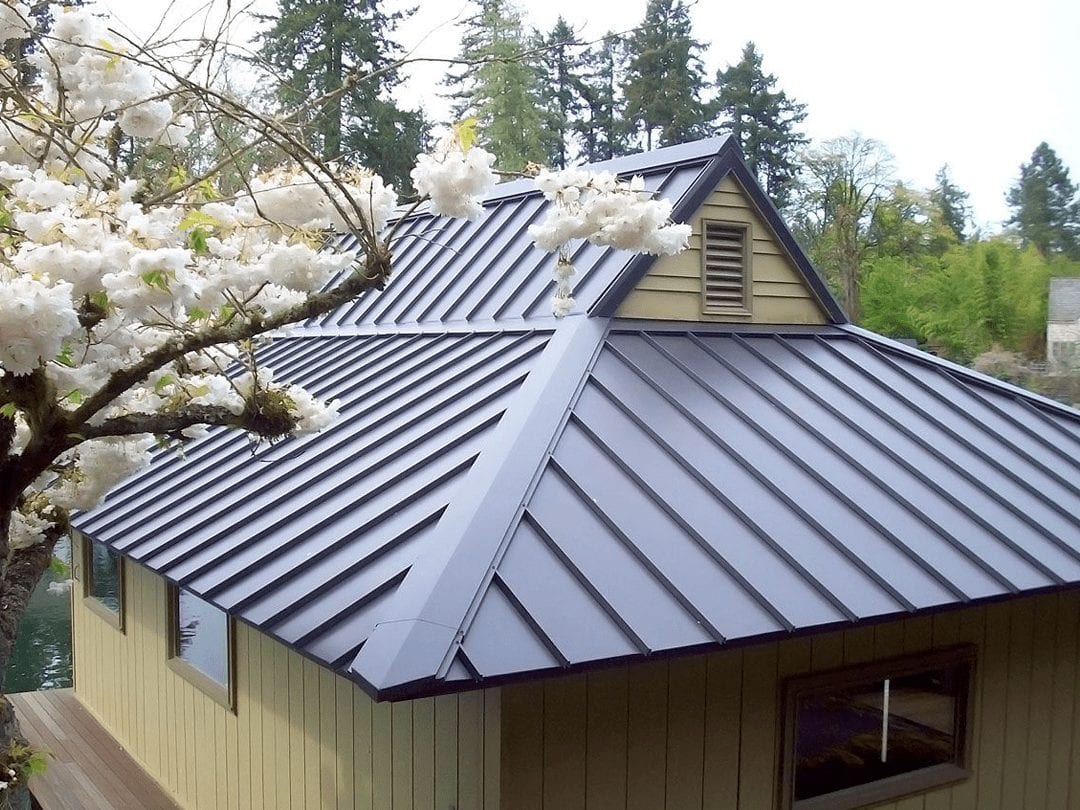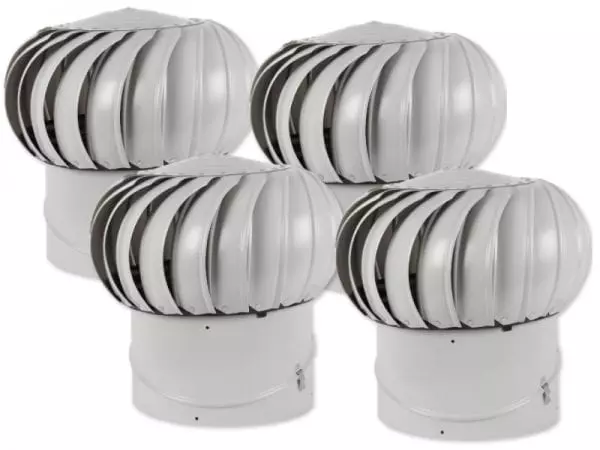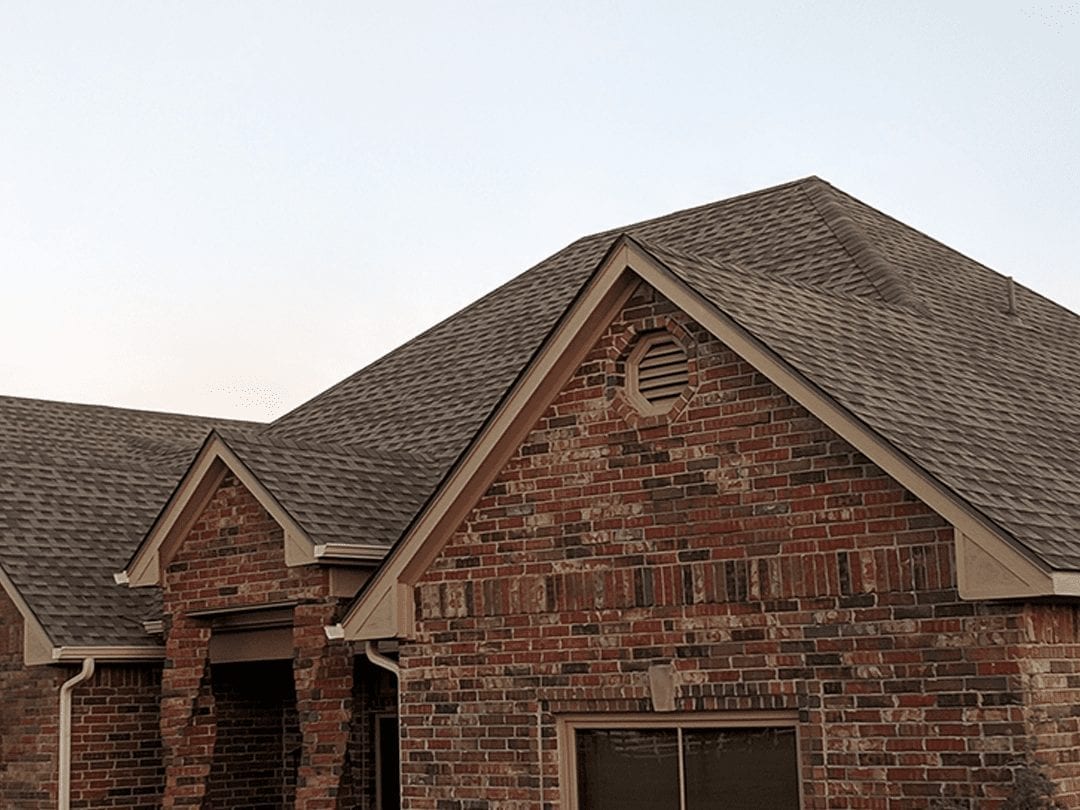Are Gable Vents Intake or Exhaust?
Rain Heads Custom Made Shipped Free Australia Wide – Click Here >
Dambuster Rain Heads Shipped Free Australia Wide – Click Here >
Commercial Industrial Roof Vents 300mm-950mm – Click Here >
Eco-Friendly Roofing Insulation Shipped Free – Click Here >
Gutter Sumps Shipped Free Australia Wide – Click Here >
Gable Vents
If you have a home with a gable roof, it can be difficult to determine how you’re going to keep it ventilated. On the one hand you know how important vents are to keeping homes cooler, roofs warmer, and your home in better shape. On the other hand, it’s the very shape of a gable roof that is at issue. The special shape of a gable roof can make it quite difficult to attach whirlybirds or other types of conventional roofing vents.
Thankfully, there is a solution. Gable vents are designed to suit the shape of these roofs perfectly.
So, what are gable vents in Australia like, are they used for intake or exhaust, and what does all of this mean for your ability to keep your attic well-ventilated?

Gable Vents 101
As established, gable vents are vents that are specifically designed to fit the slope and angles that accompany gable roofs. They are typically installed on the outside of a gable attic area, allowing for more circulation of air into and out of that room in particular. Anyone who has ever gone up to their attic in the summer or winter knows how sweltering hot or freezing cold it can be in those extreme conditions. With a gable vent, those extreme temperatures can be mitigated.

Supply & Installation Price
Sydney Metro Only

Supply & Installation Price
Sydney Metro Only
1 Roof Vent
Supply & Installation Price
$520/1

1 Ampelite 300 Spinaway
Colorbond or Mill Finish Supply & Installation Price
Download PDF
2 Roof Vent
Supply & Installation Price
$860/2

2 Ampelite 300 Spinaway
Colorbond or Mill Finish Supply & Installation Price
Download PDF
3 Roof Vent
Supply & Installation Price
$1,090/3

3 Ampelite 300 Spinaway
Colorbond or Mill Finish Supply & Installation Price
Download PDF
4 Roof Vent
Supply & Installation Price
$1,300/4

4 Ampelite 300 Spinaway
Colorbond or Mill Finish Supply & Installation Price
Download PDF
The Decorative Side of Gable Vents
Vents aren’t always the most aesthetically-inclined elements of your exterior décor. After all, soffit vents are designed to fit underneath the overhanging parts of your roof, and are thus next to invisible. Ridge vents are designed to fit along the ridges and blend in as well. By contrast, gable vents are meant to be displayed out there in the open, a prominent design feature of your home.
That makes gable vents unique insofar as you have to consider not just their functionality but form as well. Not only must they fit well with your roofing setup in terms of providing cool air and good ventilation, but they also have to fit the design and colour scheme of the upper part of your home décor as well. That said, for those of us that are decoratively-minded, this is yet another chance to show off your creativity and make your exterior décor pop.
What’s more, gable vents aren’t exactly the first thing people think of when they talk about exterior decorating. Gable vents decorative features are a distinct possibility, however, and being able to accentuate your roofing setup with nice complementary gable vents can help mark you as a decorating master.

The Benefits of Gable Vents
As alluded to, one of the biggest benefits of gable vents is their ability to warm or cool the air in your attic. Investing in an HVAC system or running a fan constantly up there can prove quite costly. By contrast, gable vents can be a great way of keeping that whole space ventilated without having to pay a fortune to do so.
Then there’s the fact that gable vents can be a great way to add to your home’s property value. As stated, they are the rare roof improvement item that doubles as a decorative feature. If you are looking to improve your attic’s comfort level while adding to your exterior’s overall décor and invest money back into your home, gable vents are a great way to do that.
They can also help ensure that your roof or attic don’t suffer the kind of damage that can damage your property and its overall value. For example, the combination of heat and moisture can be a nasty combination that creates a serious humidity situation in your attic, leading to mould, mildew, and all manner of unpleasant things that can cause your property value to plummet. In winter, your shingles can freeze over, causing further damage. The cooling and warming capabilities of gable vents can help prevent any of these nightmare situations from happening, thereby preserving your home’s long-term property value.
In addition, gable vents are also available in different shapes. While we tend to think of triangular options, gable vents round in shape are also available for those with curved archways built into their home’s roofing scheme.
Gable vents sometimes also feature mesh screens, which can be useful for keeping vermin and insects out of your attic while still ventilating the space.
Finally, there’s the fact that gable vents are one of the most versatile types of vents out there. While they are certainly a niche proposition in terms of their shape, they are nevertheless capable of performing well when it comes to both intake as well as exhaust capabilities, as described below.

The Intake Versus Exhaust Question
One of the most important questions to consider when reviewing different types of vents is whether they are able to perform intake, exhaust, or both. The former refers to the ability of vents to allow fresh air to filter into a space, thereby cooling and ridding it of the stagnant air and odour that can accompany that. Exhaust refers to the opposite, with warm air being expelled from the vents outward, typically to warm the roof.
Most vents specialise in one or the other. Gable vents are special for being able to offer intake as well as exhaust, allowing you to warm or cool your room that much more efficiently.

How Many Vents Should You Have?
As established, gable vents can function as either intake or exhaust vents – so how many vents should you have on your home? The most obvious answer would seem to be however many can fit beneath the gable arches of your home’s attic area. The reality, however, is a bit more complicated than that.
That’s because, while gable vents can be great for intake and exhaust, they may not be sufficient to ventilate your whole roof on their own. After all, your roof and attic are bound to be quite large, and one or two gable vents may not be enough to ventilate the area.
If so, you’ll want to consider either complementing gable vents with another type of vent or else investing in a small fan to help with the ventilation process. In the case of the former, soffit vents work quite well in this regard. The flow of air between soffit vents opening up underneath your roof’s underside and gable vents at the archway of your gable roof can provide the kind of refreshing cross-ventilation needed to properly ventilate your attic.
Installing a Gable Vent
When installing a gable vent, one of the most important things to take into consideration is the shape of the gable area to which it is supposed to fit. You need to make sure that your gable vent does not overlap with the gable roofing area. That said, you also want to make sure that you are getting a vent that will be large enough to provide adequate ventilation and won’t look awkwardly small when set against the gable roof. You will therefore need to mark and measure the area ahead of time to make sure that you are purchasing gable vents that can fit the area perfectly.
You’ll also want to keep in mind that, unlike other types of vents, gable vents are not meant to be attached to the roof itself, but rather the exterior side wall outside your attic and beneath your roof.
To begin with, you’ll want to get a frame. It should frame the vent itself while being eye-catching in its own right. If you choose to paint the frame, be careful not to allow paint to splatter onto and thus block up the vents themselves.
Now it’s time to start attaching the vents and frame to the exterior wall. Drill holes at the corners, fit the vents and frames into position, and then use screws to fix them into place. It is probably also a good idea to get some sealant to patch up any seams or holes that may result from the installation process so as not to allow unwanted drafts into your attic.

The Costs of Gable Vents
One of the best things about gable vents being able to offer intake as well as exhaust options is the fact that they can be quite cost effective. Gable vents in attic setups can cost just under $100 for a single vent and frame and a few hundred dollars for a few vents and professional installation services.
To Sum up
Your attic requires proper ventilation, and gable vents are a great way to ensure that it remains cool in summer, warm in winter, and fresh all year round. That is due in large part to the fact that these types of vents are able to offer intake as well as exhaust in equal measures. This makes these vents among the most cost-effective on the market. Adding to their value is the fact that they are far and away the most decorous kind of vents, and are likewise among the most versatile vents in terms of functionality.
All of these factors make gable and gable end vents a savvy long-term investment.


